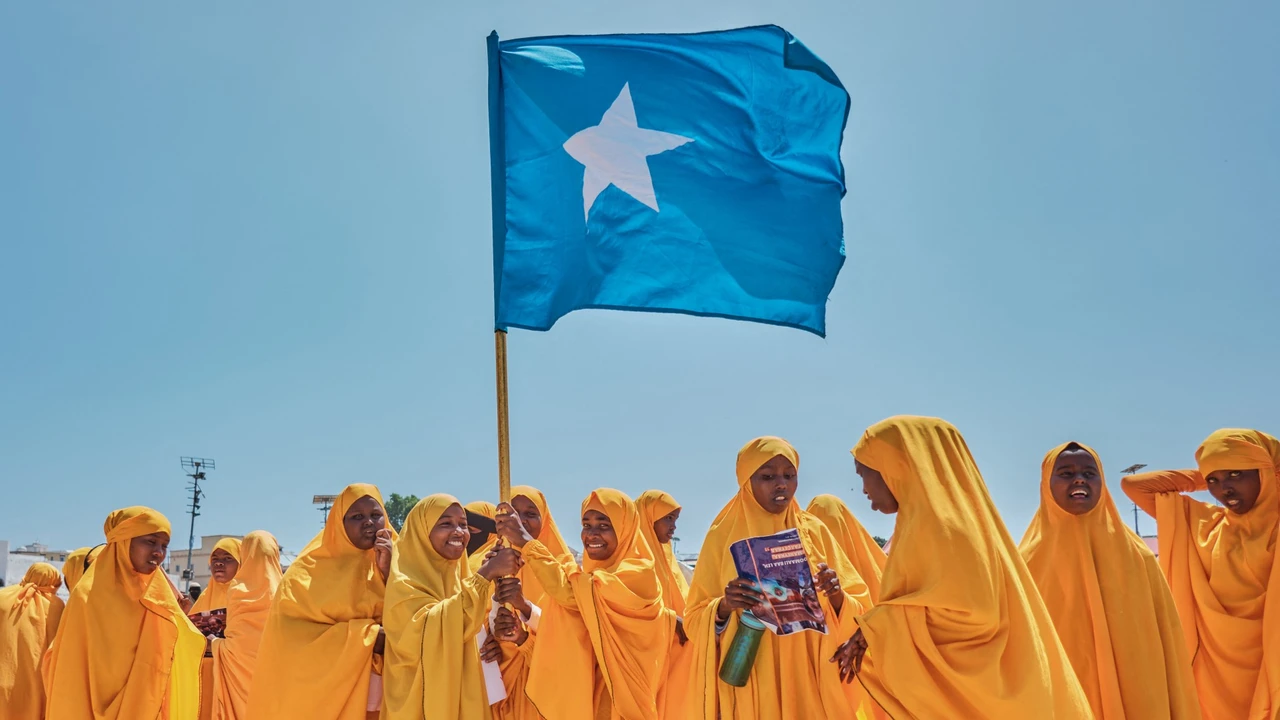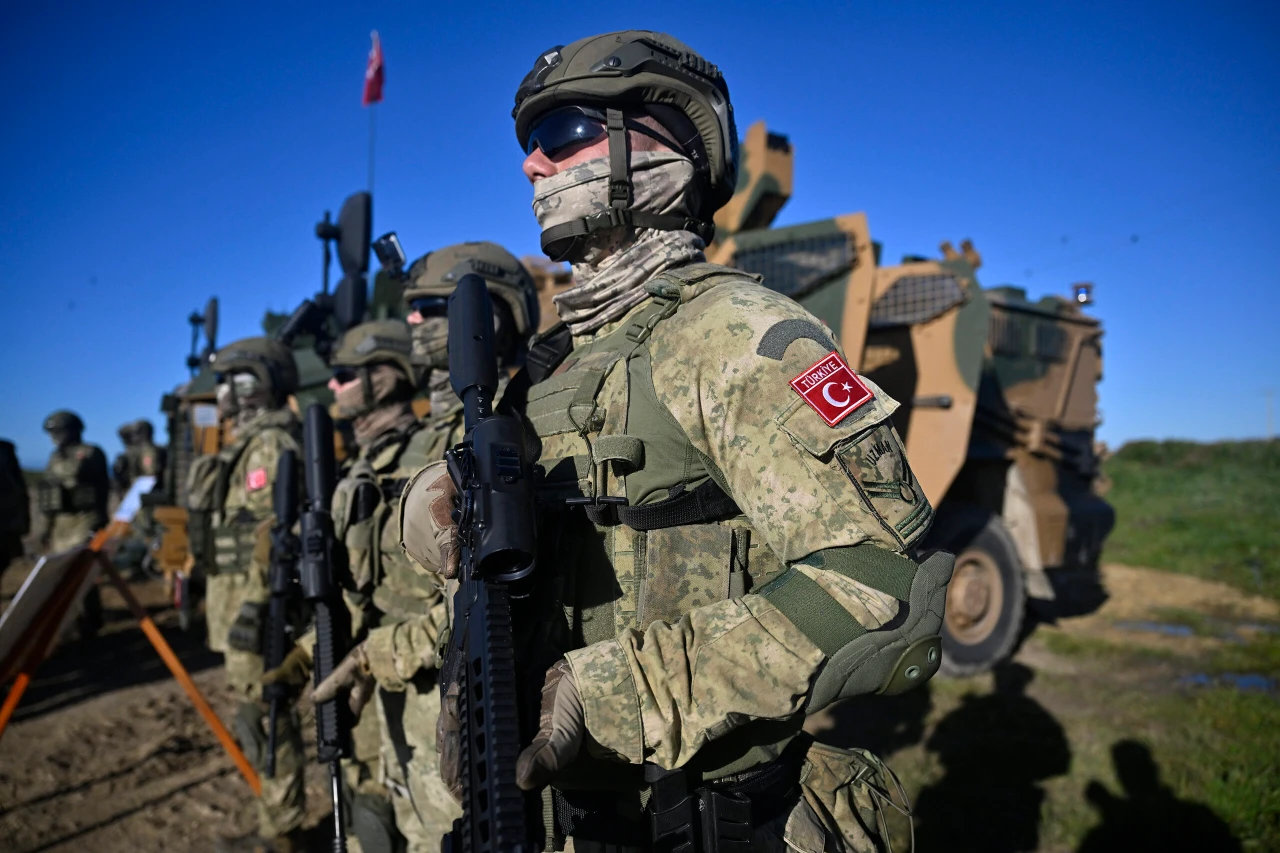76 years of Nakba: Decades of displacement and despair

May 15 marks the 76th anniversary of Nakba, the ‘Great Catastrophe’ a day of mourning for Palestinians reflecting on the destruction and displacement that began in 1948 and continues to this day
May 15 marks the 76th anniversary of Nakba, the “Great Catastrophe,” which began on this day in 1948. This event led to the destruction of Palestinian society and homeland, resulting in the permanent displacement of the majority of Palestinian Arabs.
While May 14 commemorates the establishment of the State of Israel, May 15 is a day of mourning and reflection for Palestinians, highlighting an ongoing catastrophe that has persisted for 76 years.
Oct. 7, 2024: World watches as genocide unfolds
Since Oct. 7, 2023, the world has been witnessing a genocide live on television. Israel has killed over 35,000 Palestinians, mostly women and children, in front of the global community. Calls for a cease-fire have been blocked in the U.N. Security Council by the United States, allowing Israel to continue its massacres.
As a result, 1.9 million civilians have been forcibly displaced. Today, 1.4 million Palestinians are trapped in the 64 square kilometer city of Rafah, and they are under constant threat from Israeli attacks.
The world watches as another catastrophe unfolds. For Palestinians, the real catastrophe, the Nakba, began 76 years ago, on May 15, 1948, and it continues to this day.
Nov. 2, 1917: Balfour Declaration
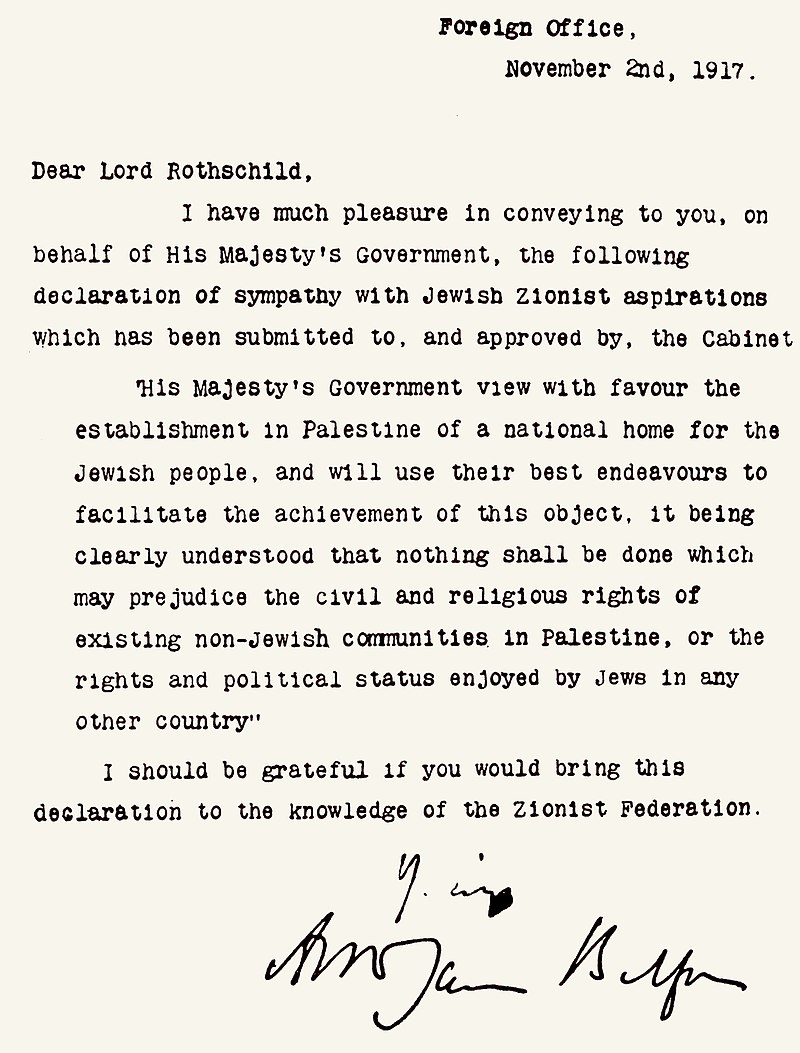
On this day, the British government, led by Prime Minister Lloyd George and Foreign Secretary Arthur Balfour, issued the Balfour Declaration, supporting the establishment of a “national home for the Jewish people” in Palestine, disregarding the rights and interests of the native Palestinian population.
Before World War I, Palestine was part of the Ottoman Empire. The situation deteriorated when Ottoman forces had to withdraw from Palestine on Nov. 9, 1917. With the Ottoman withdrawal, centuries of peace and security in the region were replaced with war and destruction, and the area was thrust into an uncertain future.
Changing demographics and growing tensions
Over time, Jewish immigration increased, altering the region’s demographic structure. A new struggle began over Palestine, and by 1917, the area was effectively under British Mandate.
In July 1922, the League of Nations officially endorsed the British mandate for Palestine, incorporating the principles of the Balfour Declaration. Palestinians opposed the establishment of a Jewish state in Palestine.
Between 1919 and 1923, 40,000 Jews arrived in the region, mostly from Eastern Europe. Between 1922 and 1926, another 75,000 Jews immigrated to Palestine. The aim was clear: to build an Israeli state. Under British supervision, Jewish immigrants revived the Hebrew language and ancient Jewish traditions in kibbutzim, laying the groundwork for a new nation.
Foundation of Israeli State
Jewish settlers, supported by the Haganah terrorist organization, began attacking Palestinian Arabs and seizing their lands in the early 1920s. Between 1924 and 1929, 82,000 Jews immigrated to Palestine; between 1929 and 1939, another 110,000 Jews arrived. The rise of the Nazis in Germany further increased Jewish immigration to Palestine, with hundreds of thousands settling between 1939 and 1948.
Aftermath of World War II and birth of Israel
Tensions peaked toward the end of World War II. In 1947, the United Nations decided to partition Palestine. Jews in the region, supported by the British, steadily established their state structures.
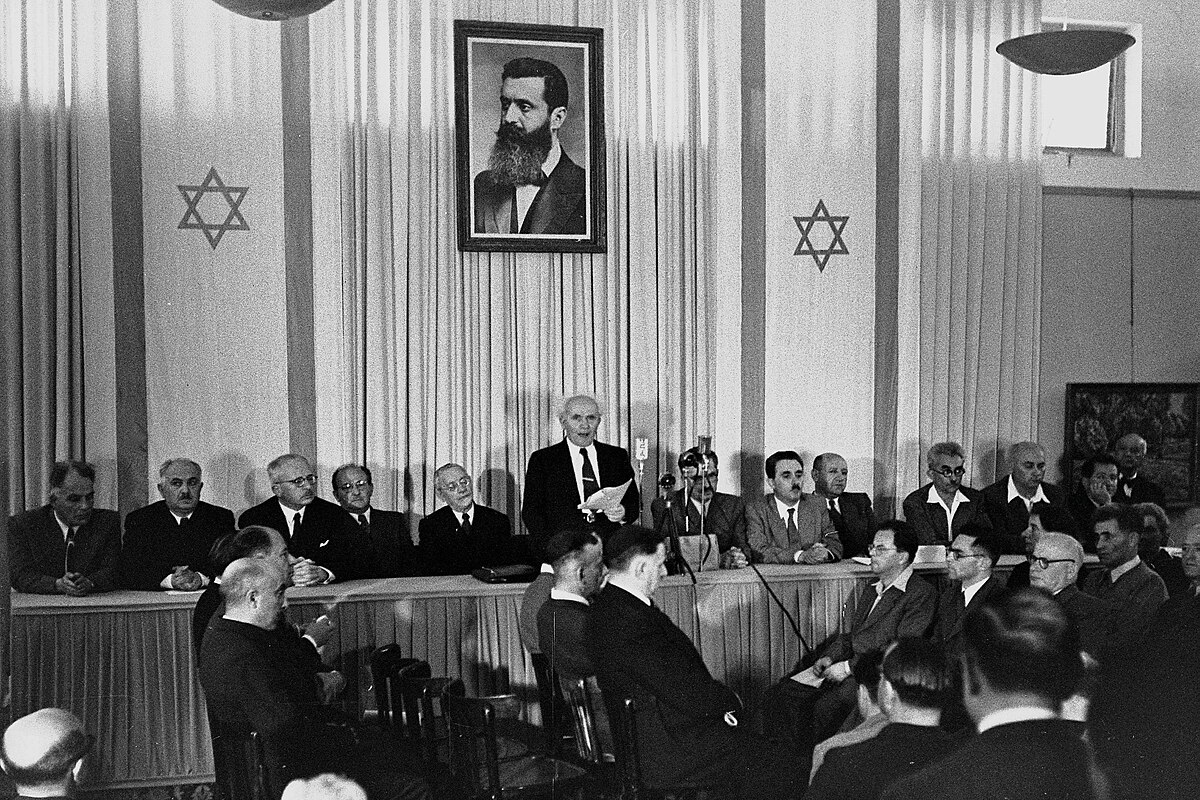
On May 14, 1948, Israel declared its independence, and the next day, Britain announced its withdrawal from the region.
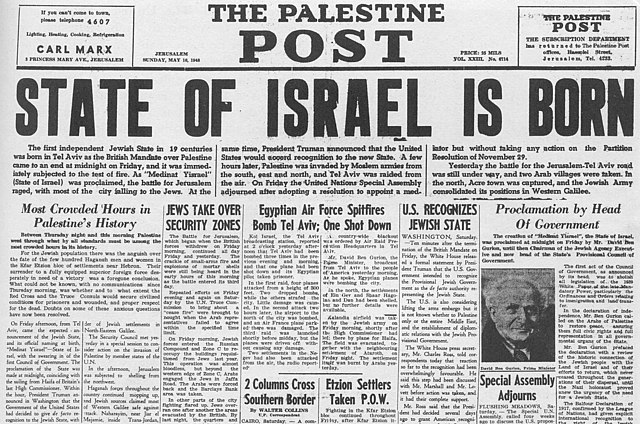
The Haganah suddenly became the Israeli Defense Forces, and from May 15, 1948, Palestinians became refugees in their own land.
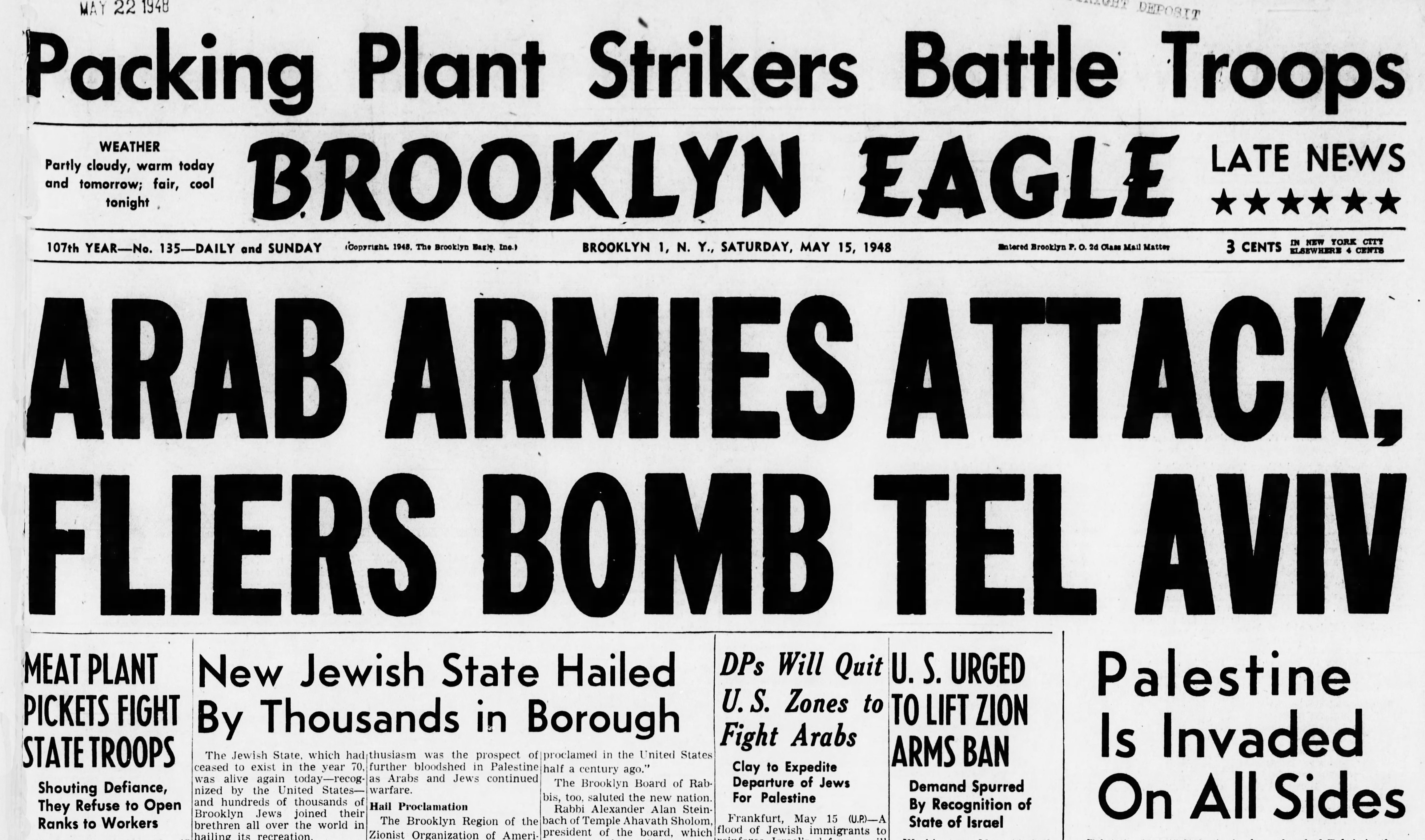
Millions of Jews flocked to the newly established Israeli state. Hundreds of thousands of forcibly displaced Palestinian Muslims saw their homes occupied by incoming Jews. In 1948, 800,000 Jews lived in the region; this number rose to 1.2 million by 1950, 2.1 million by 1960, and 3 million by 1970.
The ongoing tragedy
By 1950, over 750,000 Palestinians had become refugees.
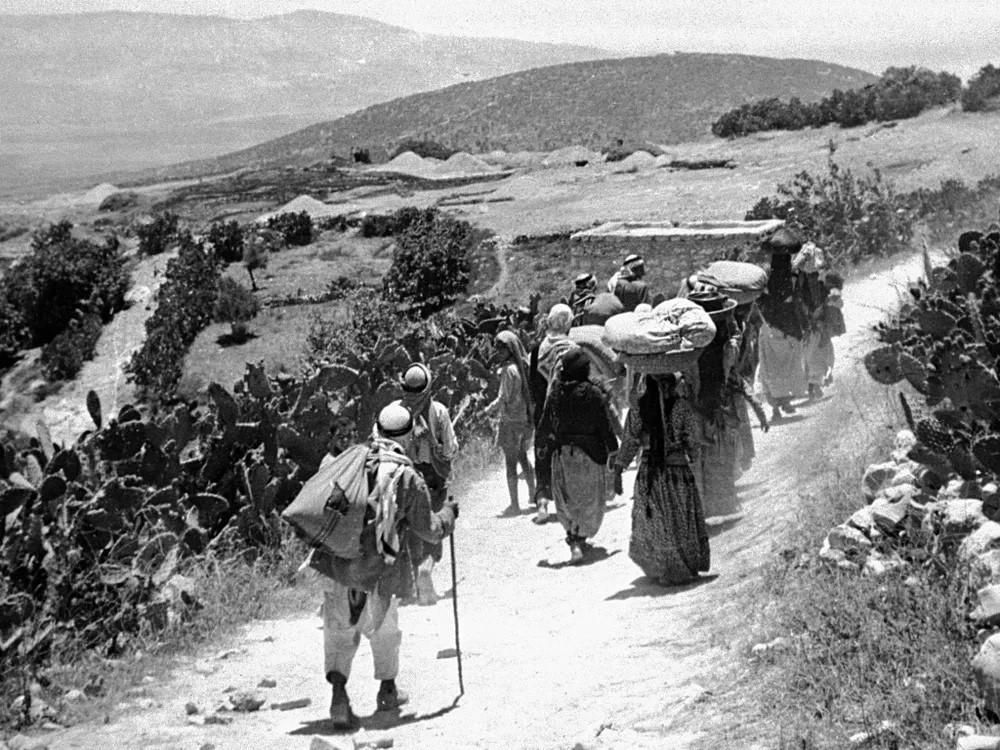
The 1967 Six-Day War brought new tragedy for Palestinians, creating thousands more refugees. By 2013, the number of registered Palestinian refugees in camps established after the Six-Day War had risen from 750,000 in 1950 to approximately 5 million.
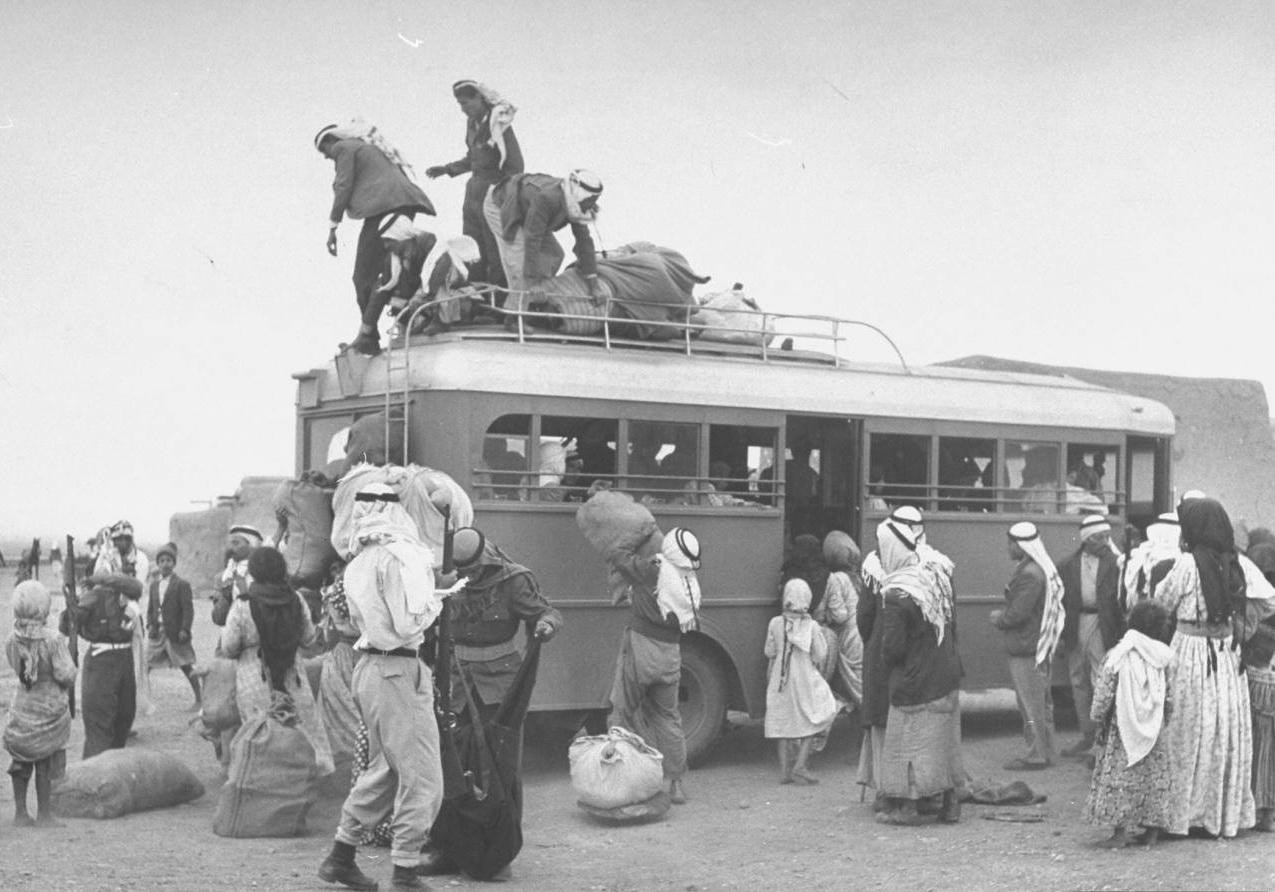
These camps became both temporary shelters and symbols of the enduring pain and hope of displaced people. Despite their hardships, Palestinian refugees continued to fight to preserve their culture, language and identity.
International recognition and continued struggle
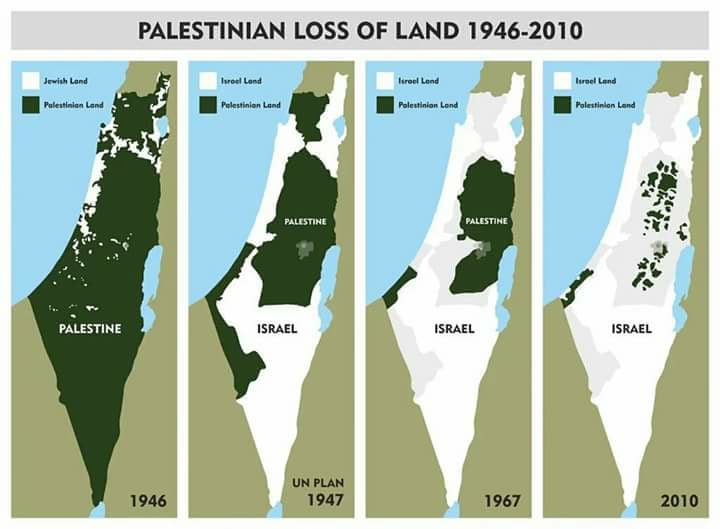
The devastation of the 1967 war further dismantled Palestinian society and drew greater international attention to the Palestinian cause. The rights and return demands of Palestinian refugees were supported by numerous activists and human rights organizations worldwide. Throughout the 1970s and 1980s, the Palestinian issue became a part of the ideological and geopolitical struggle of the Cold War. Palestinian resistance groups began advocating for Palestinian rights and the goal of an independent state on the international stage. The Intifada, which began in 1987, symbolized Palestinian resistance to occupation and ongoing oppression.
The ongoing displacement and dispossession of Palestinians came to be known as the “ongoing Nakba.” Today, Israel’s population exceeds 9 million. Israel continues to bring settlers to the areas occupied in 1967, in violation of international law. Despite international calls, especially from the U.N., for Israel to return to its pre-1967 borders, Israel has persisted in its oppressive policies.
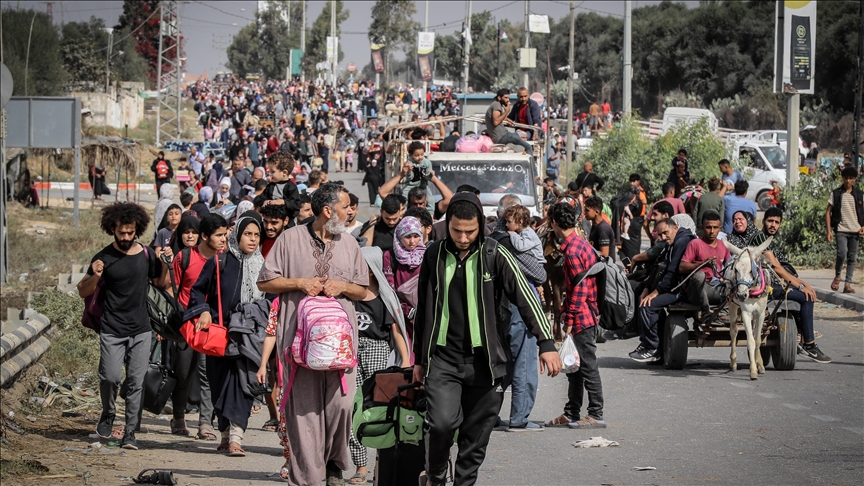
Currently, there are over 6 million Palestinian refugees worldwide, and since Oct. 7, nearly 2 million more Palestinians are at risk of being displaced from their country.

Memory of Nakba
May 15, 1948, marked a turning point in the fate of a people. Displaced from their homes, lands, and dreams, Palestinians tried to build new lives in refugee camps, but the wound remained a bleeding memory. Today, 76 years later, history is repeating itself. Rafah, the last refuge for millions, is teetering on the brink of disaster. Each moment is a threat from Israel, and the world watches with bated breath, wondering what the next move will be.
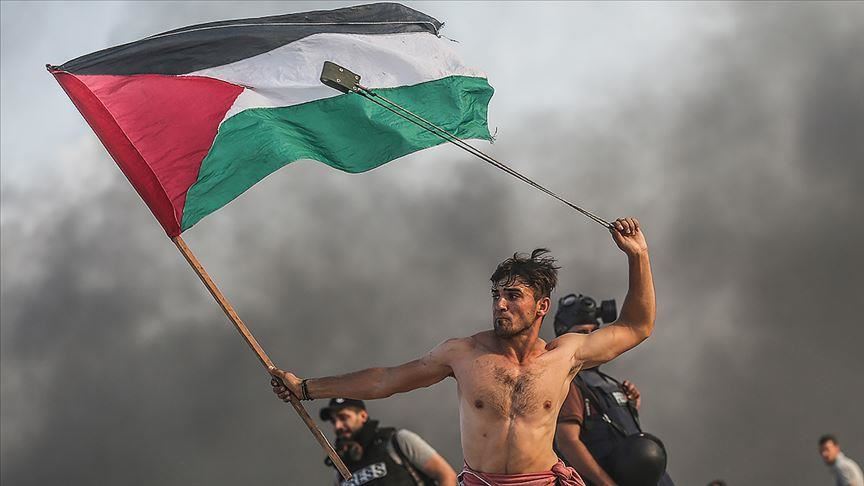
For Palestinians, Nakba is not just history but a living reality, an ongoing struggle every day, every moment. Their greatest weapons are their memories, resistance and hope.


